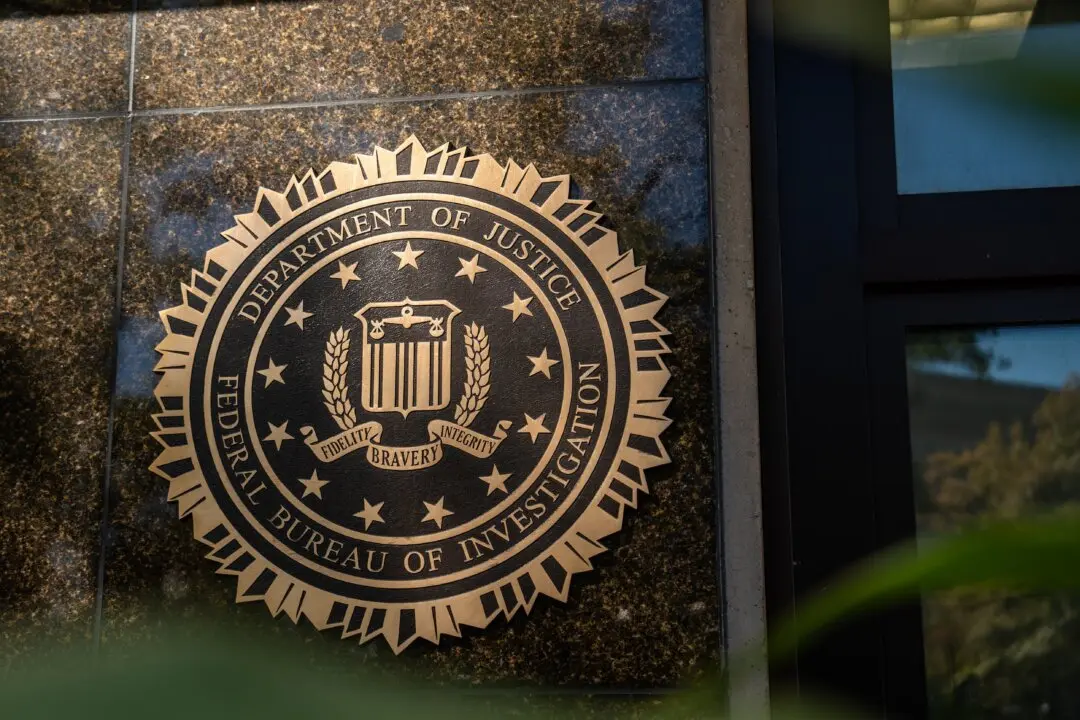The U.S. dollar has strengthened and the benchmark 10-year Treasury yield touched its highest level in 3 years following hawkish remarks by the Federal Reserve chair, while oil prices remained volatile after briefly extending gains as Europe mulls sanctioning Russian energy imports.
Federal Reserve Chair Jerome Powell said at a National Association for Business Economics conference that the central bank must move “expeditiously” to contain high inflation by raising interest rates. If needed, the Fed should act “more aggressively by raising the federal funds rate by more than 25 basis points at a meeting or meetings,” he said, adding that the labor market was strong while inflation is “much too high.”





